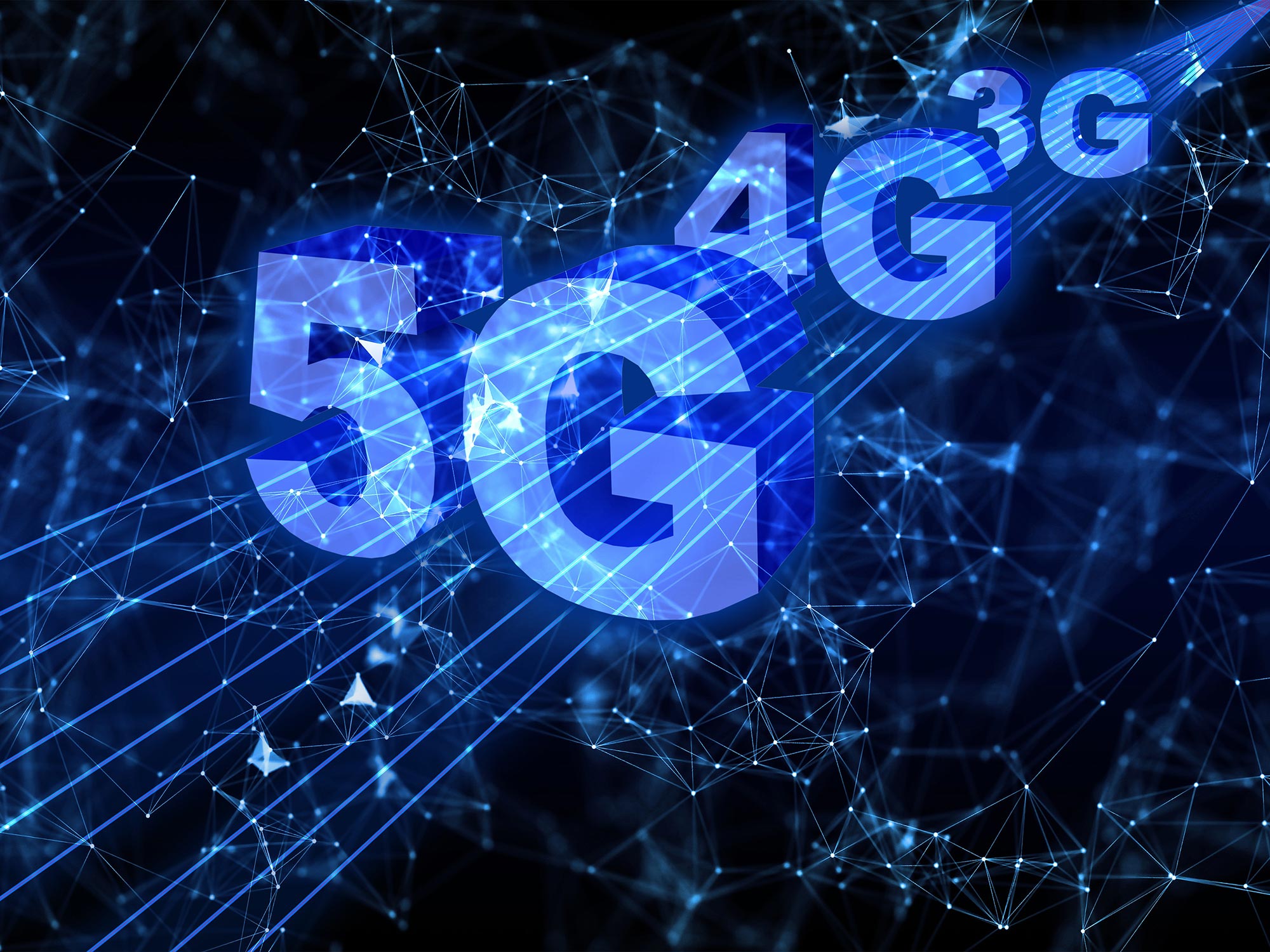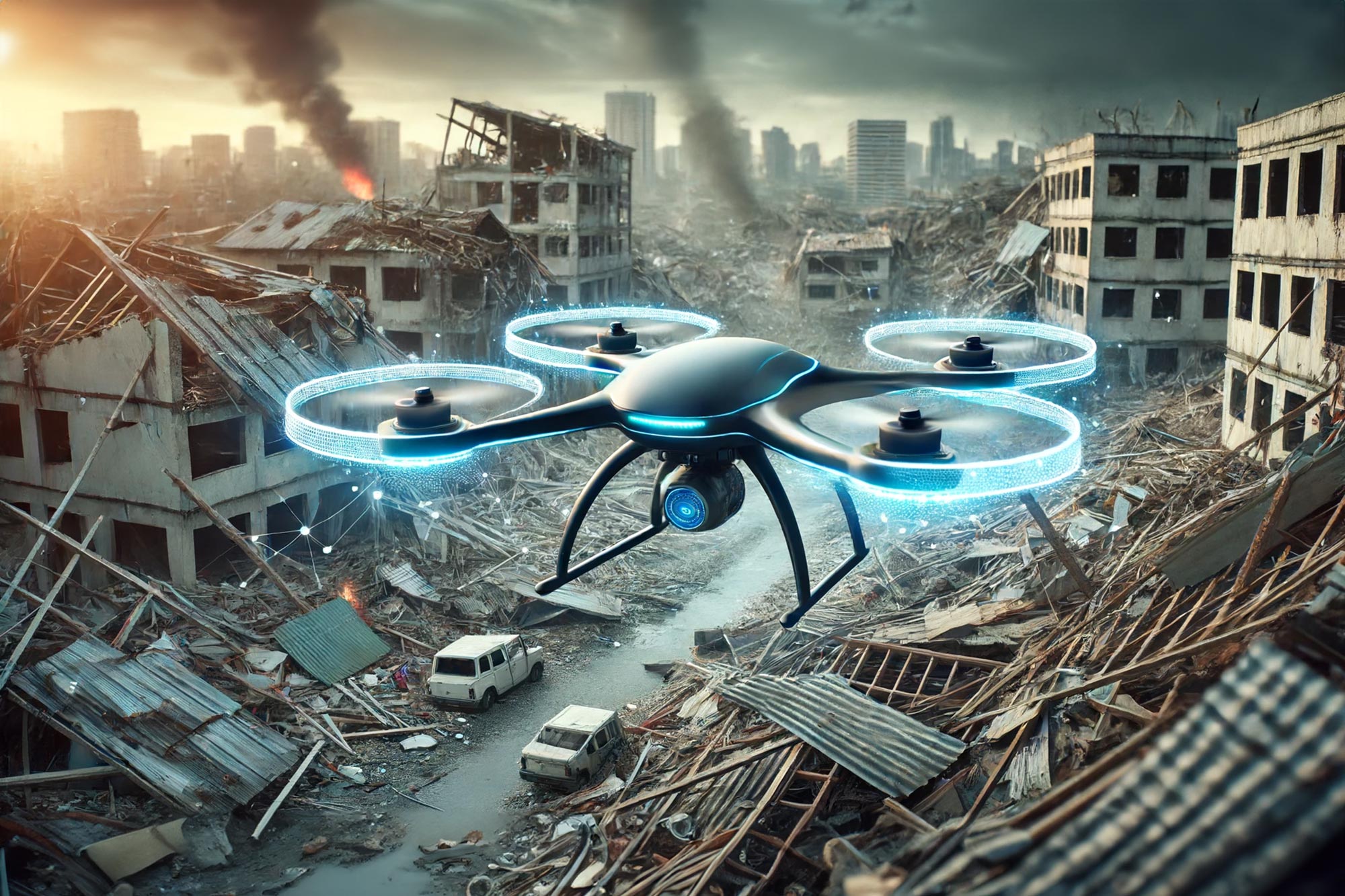- TheCyberShortcut
- Posts
- Tech Trek Thursday
Tech Trek Thursday
Catch up on 3 techs that may impact you today!

Biodegradable Electronics
Researchers at Penn State University focused on developing materials that allow for precise control over the rate at which these electronics dissolve. This breakthrough could greatly enhance the functionality and environmental impact of electronic devices by enabling them to be tailored for specific applications where timely degradation is crucial. The new approach involves creating electronic components with biodegradable materials that can be engineered to disintegrate at a controlled pace.
The team's innovative technique involves the use of a specialized polymer that reacts to moisture, allowing for the electronic devices to dissolve at a predetermined rate. This capability is particularly valuable in medical and environmental applications where temporary electronic devices are needed, such as in bio-absorbable medical implants or sensors deployed in natural habitats. Adjusting the polymer's composition is how researchers fine tune the life expectancy of these new electronics.
This research marks a significant step forward in the quest to make electronics more sustainable and environmentally friendly. The ability to control the dissolution rate of biodegradable electronics offers a promising solution to the growing problem of electronic waste, which has become a major concern due to the vast amounts of e-waste generated globally.

5G without limits
Japanese scientists have recently achieved a major milestone in wireless communication by developing a highly efficient wireless-powered transceiver array that could significantly enhance 5G technology. This breakthrough happened due to creating a system capable of transmitting and receiving signals with unprecedented efficiency and minimal energy loss. The innovative design of this transceiver array utilizes advanced wireless power transfer methods to operate without relying on traditional wired connections, making it a game-changer for future communication networks.
The new technology addresses one of the major challenges in 5G deployment: energy consumption. By integrating wireless power transfer directly into the transceiver array, the researchers have eliminated the need for frequent battery replacements and extensive wiring, which often lead to increased costs and maintenance issues. This advancement not only promises to boost the performance of 5G networks but also aims to reduce their environmental impact, offering a more sustainable approach to powering communication infrastructure.
This development represents a significant leap forward in the quest for more efficient and scalable 5G networks. With the potential to enhance signal strength and reliability while minimizing energy consumption, the wireless-powered transceiver array could pave the way for broader and more effective 5G coverage. As 5G technology continues to evolve, innovations like this are crucial for meeting the growing demand for high-speed, reliable wireless communication and supporting the next generation of connected devices and services.

Learn AI in 5 Minutes a Day
AI Tool Report is one of the fastest-growing and most respected newsletters in the world, with over 550,000 readers from companies like OpenAI, Nvidia, Meta, Microsoft, and more.
Our research team spends hundreds of hours a week summarizing the latest news, and finding you the best opportunities to save time and earn more using AI.

Autonomous Drone Navigation
We bring you yet another remarkable advancement only made possible by AI. Drones may soon be able to navigate without GPS and without any input from operator! A team from University of Missouri, along with a grant from the army has begun trying to make this dream a reality. Aiming to allow drones operate in low signal or disaster zones, they are combing the advancements of cameras and machine learning to allow drones to ‘see’.
It functions similar to the famed self driving from tesla. This type of self-navigation as well as the ability to record terrain and build a map of disaster zones could revolutionize emergency response. The AI part of the plan does pose some challenges though. Onboard computers on these drones are limited in size. This has lead to them searching for solutions among cloud computing and edge computing concepts. Needing to relay the data and process it elsewhere. These drones gather data using radar and Lidar sensors could also help search through building collapses and other dangerous environments for survivors.
Even in areas with limited GPS coverage, transmitters could relay the drones signal to cloud systems. These systems take in the raw data and model the environment. Machine learning also allows the drone program to improve the more it flies, potentially saving more lives as the system progresses. The military investment in this also leads to the probability of direct combat use. With recent events GPS has been shown to be vulnerable, the ability to have drones autonomously complete missions would be invaluable for the army as well. It is wild to think in just under 10 years self driving has come so far.

Thank you for joining us this Friday, we hope you enjoyed the read and learned something new!







Reply